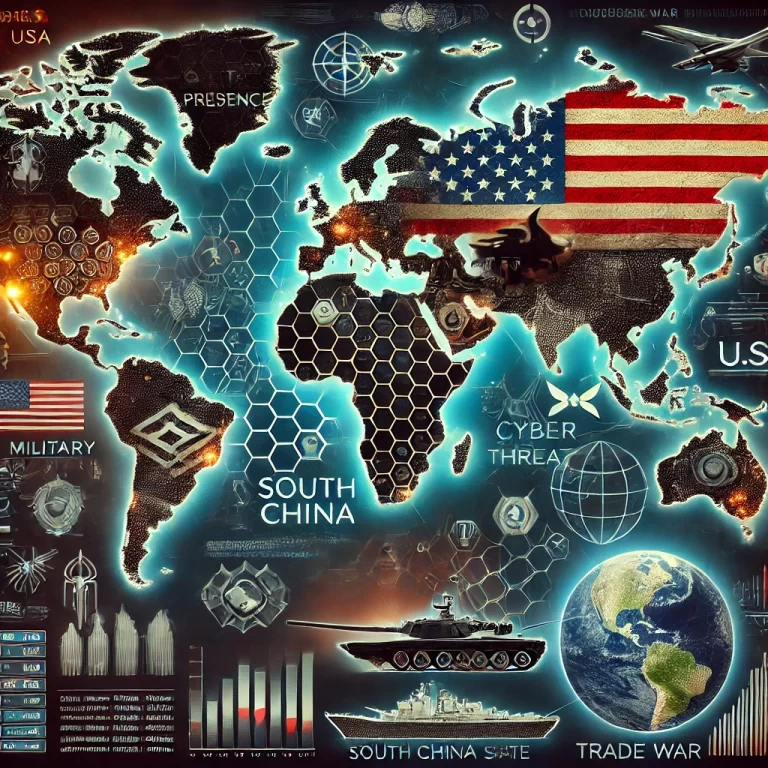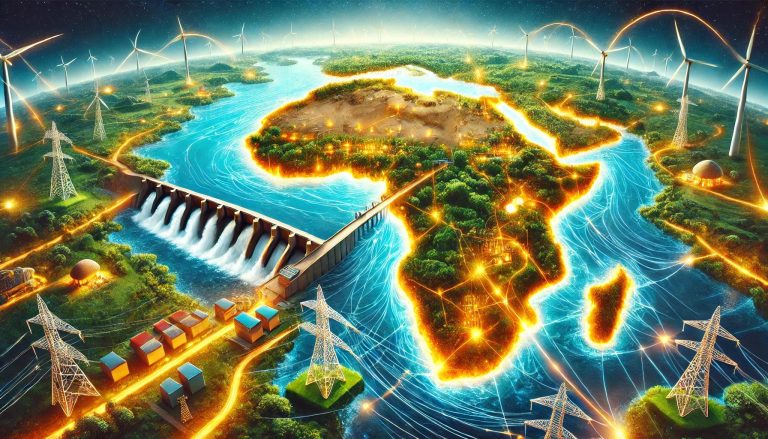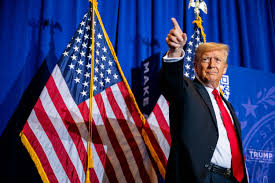
Trump Gains the Upper Hand as Panama Breaks from China’s Belt and Road Initiative
The geopolitical landscape in Latin America is shifting as Panama moves to end its cooperation with China’s Belt and Road Initiative (BRI). The United States has long regarded the region as part of its sphere of influence, and China’s BRI expansion has been seen as a direct challenge to that dominance.
The geopolitical landscape in Latin America is shifting as Panama moves to end its cooperation with China’s Belt and Road Initiative (BRI). This decision marks a significant departure from Panama’s previous stance under former President Juan Carlos Varela, who signed up to the BRI in 2017. The move is seen as part of Panama’s pivot towards strengthening ties with the United States and aligning more closely with Washington’s geopolitical agenda. By stepping back from the BRI, Panama is signalling its commitment to reducing China’s growing influence in the region—an issue of ongoing concern for the US.
The decision also highlights the continuing competition between the US and China for influence in Latin America. The United States has long regarded the region as part of its sphere of influence, and China’s BRI expansion has been seen as a direct challenge to that dominance. With Panama’s withdrawal from the initiative, President Trump’s strategy to counter China’s influence appears to be gaining traction. The move may also encourage other nations in the region to reconsider their engagements with China, particularly as the US pushes for more favourable trade agreements and partnerships.
Panama’s decision carries broader geopolitical implications, particularly in Latin America. As China’s economic influence in the region diminishes, new opportunities arise for the US to strengthen its relationships with key nations. Trump’s administration has made it clear that it is prepared to take decisive action to safeguard American interests in the region. With Panama joining a growing list of countries re-evaluating their ties with China, a potential shift in the strategic balance of power in the Western Hemisphere is emerging.
Panama’s Break from China: A Strategic Shift
Panama’s withdrawal from the BRI marks a stark reversal from its previous foreign policy. In 2017, under then-President Juan Carlos Varela, Panama became the first Central American nation to formally establish diplomatic ties with China. This decision led to billions of dollars in Chinese investments in infrastructure, logistics, and energy projects, forming part of China’s broader strategy to expand its economic footprint in Latin America and leverage investments for geopolitical influence.
However, newly elected Panamanian President José Raúl Mulino has taken a different approach. His administration’s decision to end BRI cooperation suggests that Trump’s diplomatic and economic pressure has been effective. The move also aligns with Washington’s broader efforts to counter China’s influence in strategic regions, particularly near the Panama Canal—a critical artery for global trade.
Why the Panama Canal Matters to the US
The Panama Canal has long been a strategic asset for the United States. Completed by the US in 1914 and controlled by Washington for most of the 20th century, the canal remains a crucial chokepoint for global trade, facilitating the transit of goods between the Atlantic and Pacific Oceans. Although the US formally transferred control of the canal to Panama in 1999, American policymakers have remained deeply concerned about foreign influence over its operations.
China’s growing presence in Panama—particularly through state-owned enterprises managing port terminals and infrastructure projects—has raised alarms in Washington. The US has long feared that Beijing could leverage its economic foothold to exert strategic pressure in the region, potentially threatening the free flow of trade or using Panama as a bargaining chip in US-China relations.
By securing Panama’s withdrawal from the BRI, Trump has effectively blocked China from expanding its influence over one of the world’s most crucial shipping lanes. This move strengthens US control over Western trade routes and reinforces Trump’s broader policy of economic and political decoupling from China.
Trump’s Strategy: Reasserting US Influence in Latin America
Trump’s foreign policy approach has been clear: curb China’s global influence and reassert American dominance in key strategic regions. Since returning to office, Trump’s administration—led by Secretary of State Marco Rubio—has actively engaged with Latin American nations to counter Chinese investments and reinforce US partnerships.
Panama’s shift is a direct outcome of this strategy. The US likely applied a combination of diplomatic engagement, economic incentives, and security assurances to persuade Panama to distance itself from China. Trump’s administration may also have signalled potential consequences for maintaining strong economic ties with Beijing, such as reduced US investment or trade penalties.
This success in Panama could set a precedent for other Latin American nations, many of which have benefited from Chinese investments but remain cautious about Beijing’s long-term ambitions. Countries like Ecuador, Argentina, and Brazil may now reconsider their level of engagement with China, particularly if the US offers alternative economic partnerships.
How Will China Respond?
Beijing is unlikely to accept this setback without a response. China has invested heavily in Latin America over the past two decades, viewing the region as an integral part of its global expansion strategy. Losing Panama—one of the most strategically significant locations in the Western Hemisphere—represents a major blow to its geopolitical ambitions.
China may respond in several ways:
1. Economic Retaliation – Beijing could scale back investment in Panama or impose trade restrictions to pressure the Panamanian government into reconsidering its decision.
2. Strengthening Ties Elsewhere – China may intensify its engagement with other Latin American nations, offering more favourable trade deals or increased infrastructure investments to counteract US influence.
3. Diplomatic Pressure – China could use international forums to denounce US interference in Latin America, portraying Washington’s actions as a form of neocolonialism.
Despite these potential responses, Trump’s success in Panama suggests that China’s grip on Latin America is not as secure as it once appeared. If other nations follow Panama’s lead, China’s broader Belt and Road strategy in the region could unravel.
What This Means for the Future
Panama’s decision to break away from China’s Belt and Road Initiative represents a major diplomatic victory for Trump’s administration and a clear sign that Washington is reasserting its influence in Latin America. By securing the geopolitical alignment of the Panama Canal, Trump has reinforced US dominance in a region that China has sought to penetrate for years.
The bigger question now is whether other Latin American nations will follow suit. If Trump can persuade more countries to distance themselves from China, he will have effectively reversed Beijing’s decades-long economic expansion in the region. However, if China counters with stronger economic incentives, the competition for influence in Latin America will continue to escalate.
Regardless of how events unfold, one thing is clear: Trump has gained the upper hand, and China’s ambitions in Latin America have suffered a significant setback.
Dr Brian O. Reuben is the Executive Chairman of the Sixteenth Council.



